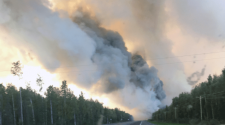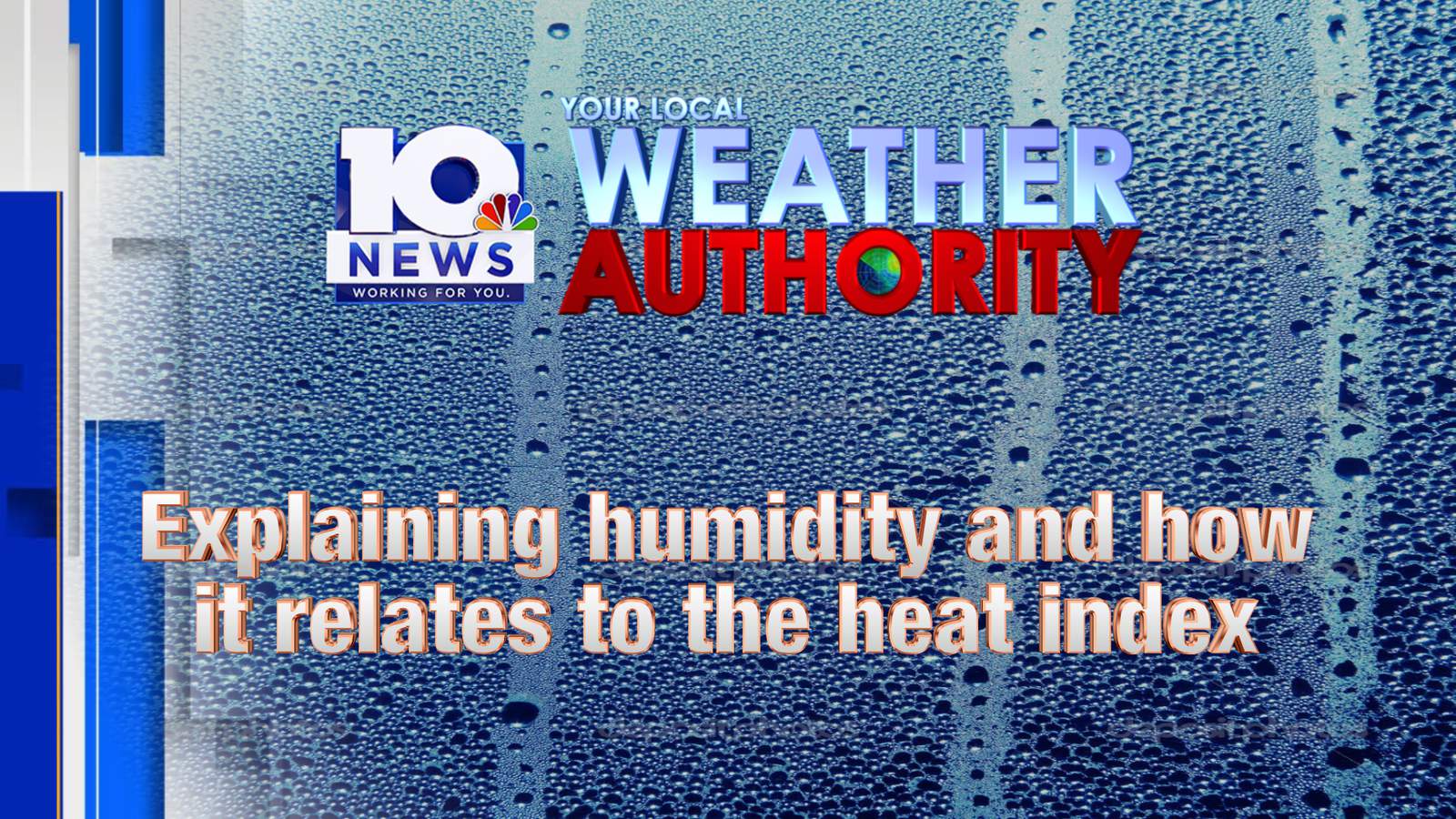Happy Monday! The theme of our weather throughout July has been the heat, but it’s gotten even more unbearable and dangerous the last couple of days. Heat advisories were issued yesterday and today for some of us. So you may be asking: why is it feeling hotter? The answer: higher humidity!
If you’ve watched Your Local Weather Authority forecasts this summer, you’ve likely heard us discuss the humidity as well as the heat index. Most meteorologists favor using the dew point as a more accurate measure of how humid it is outside.
If the dew point is higher, there’s more moisture in the air. When there’s more moisture, it’s harder for your sweat to evaporate and cool your body. You really start to feel the humidity in our area when the dew point crosses the 70-degree threshold.
We can calculate the heat index if we know the temperature and the dew point. For example, if the temperature is 90 and the dew point is 66, the heat index comes out to a manageable 92 degrees. But bump up the dew point to, say, 74 and that same 90 degrees on the thermometer actually feels like 100!
The chart below shows the relationship between these three factors. Anytime the heat index is in the red or purple category, heat-related illnesses become a concern.
Heat advisories are issued when the heat index is expected to peak between 105 and 109 degrees. If we’re forecasting a heat index above 110, you’ll see an excessive heat watch issued.
The highest heat index recorded in our area happened in Danville in August 1996. Roanoke’s peak heat index on record is 110 degrees, which was felt on July 17, 1980.
On hot summer days like today, we hope for storms to develop and cool us down a bit. Some hit-or-miss storms are possible this afternoon and evening and any of those could strengthen. Meteorologist Chris Michaels breaks down the forecast for today and the week ahead in our daily weather discussion.
You can always get specific forecast details for your zone, whether it’s the Roanoke Valley, Lynchburg, Southside, or elsewhere around southwest and central Virginia, anytime at WSLS.com/weather. Know your zone!
In case you missed it, we’re posting great weather content on WSLS.com. Here are a few links from the past week to check out:
If you prefer your weather information delivered by social media, you can follow Your Local Weather Authority on Facebook and Twitter.
— Justin McKee
Copyright 2020 by WSLS 10 – All rights reserved.
















